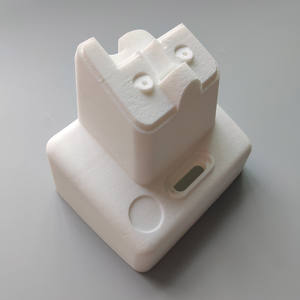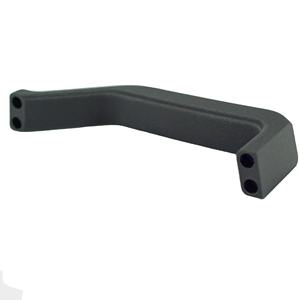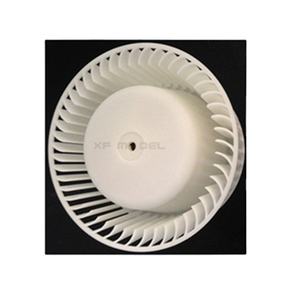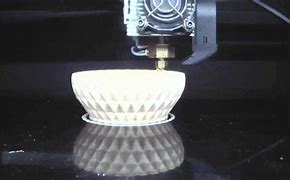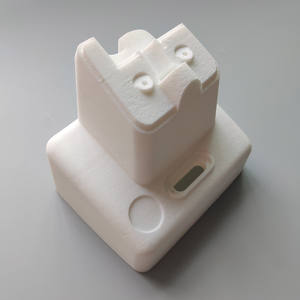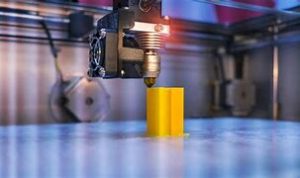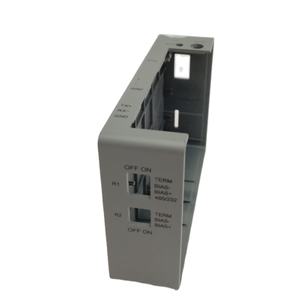Discover a professional 3D printing powder supplier
(Changes in Composition and Print Performance Caused by Metal Powder Recycling)
Compared with traditional manufacturing methods, the cost of powder bed
melting technology is higher, and the cost of powder occupies an important part.
Powder bed additive manufacturing has a significant feature: even if only one
part is formed, the metal powder that can cover the corresponding height of the
forming bin needs to be prepared according to the height of the part (for
forming equipment with powder supply bins, it is also necessary to fill the
metal powder to all parts. Need height), the powder utilization rate is not
high. Studies have found that only 2% to 3% of the powder is melted into metal
parts in a single powder bed additive manufacturing process. It can be seen that
recycling the powder for reuse is the most effective means to reduce costs and
shorten the production cycle.
However, the repeated use of powder will cause part of the powder to
deteriorate every time it is molded, and its physical and chemical properties
will inevitably undergo certain changes during repeated recycling. Therefore, it
is necessary to verify whether its repeated use in additive manufacturing will
cause the performance of parts to decline, especially when powder recycling
parts are used in high-risk industries such as aerospace and certain biomedicine
with high quality requirements.
316L stainless steel powder
The most obvious difference between 316L stainless steel powder and other
metal powders is that there is a layer of SiO2 oxide layer on the surface. With
repeated use, the oxygen content on the surface of the powder increases, the
thickness of the oxide layer increases, and chromium, manganese, iron, etc.
diffuse to the surface of the powder. , The composition of the oxide layer
changes from SiO2 to MnCr2O4. After repeated use, some of the original elements
in the powder, such as chromium, nickel, manganese, phosphorus, sulfur,
nitrogen, etc., slightly increased, and carbon, iron, molybdenum, silicon, etc.
decreased slightly, but from a statistical point of view, each element The
changes are within the measurement error range. In addition, the content of
silicon, nickel, sulfur, and oxygen on the surface of irregular and rough
particles increased after repeated use.
Many studies have shown that the overall change of 316L stainless steel
powder elements is relatively small, and it can be approximated that it remains
basically unchanged. This may be due to the existence of the oxide layer on the
powder surface hindering the change of some elements. Some non-oxide constituent
elements appearing on the particle surface are caused by component segregation
after partial melting of some metal powders under the action of laser.
Ti6Al4V alloy powder
Ti6Al4V alloy powder is mainly formed by two powder bed melting technologies,
laser selective melting (SLM) and electron beam selective melting (EBM), and its
composition research mainly focuses on the changes of oxygen, nitrogen,
aluminum, vanadium and other elements. In the process of recycling, the content
of oxygen element in Ti6Al4V alloy powder for EBM forming increased, while the
content of chromium element remained basically unchanged during SLM forming.
IN718 high temperature alloy powder
In recent years, the number of researches on the additive manufacturing
process of IN718 superalloy has increased. However, there are few reports on the
use of powder recycling, and only 3 methods such as SLM, EBM, and LMD repair are
involved in a small amount.
The chemical composition of IN718 superalloy powder for SLM forming basically
has no obvious change when it is recycled. Because of the high-purity argon
protective atmosphere, it can be reused more than 10 times without adding new
powder, and it can be reused when adding new powder. Up to 38 times. However,
there are also cases where the oxygen content increases and the number of
repeated uses decreases.
In summary, the change in oxygen content should be paid attention to during
powder recycling. Although studies have shown that the oxygen content in the
molded part is lower than that of the powder raw material, the increase in
powder surface oxides will affect the powder’s absorption of laser light.
Thereby affecting the forming quality. In addition, it is necessary to monitor
the oxygen-philic elements and easily burnt elements in the powder recycling
process.
About 3dprintingpassion
3dprintingpassion is a trusted global chemical material supplier & manufacturer with
over 12 years experience in providing super high-quality chemicals and
Nanomaterials. The company export to many countries, such as USA, Canada,
Europe, UAE, South Africa, Tanzania,
Kenya,Egypt,Nigeria,Cameroon,Uganda,Turkey,Mexico,Azerbaijan,Belgium,Cyprus,Czech
Republic,Brazil, Chile, Argentina, Dubai, Japan, Korea, Vietnam, Thailand,
Malaysia, Indonesia, Australia,Germany, France, Italy, Portugal etc. As a
leading nanotechnology development manufacturer, 3dprintingpassion dominates the market.
Our professional work team provides perfect solutions to help improve the
efficiency of various industries, create value, and easily cope with various
challenges. If you are looking for In718 Powder, please send an email to:
sales2@nanotrun.com
(Changes in Composition and Print Performance Caused by Metal Powder Recycling)

